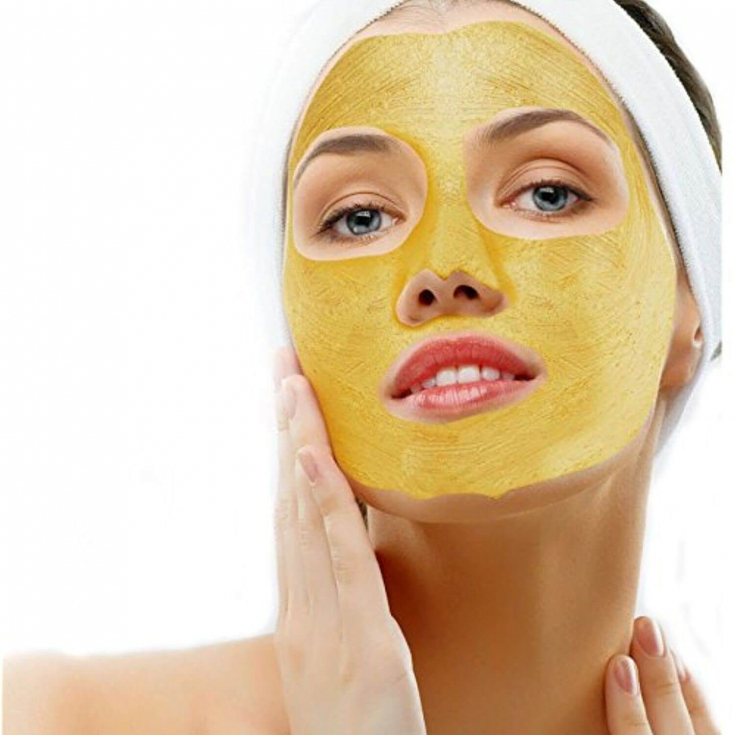Chemical peels have become a very popular procedure in beauty parlors and are in great demand among leading cosmetologists and aesthetic medicine specialists.
Peeling is a cosmetic procedure that is performed to exfoliate damaged and/or dead skin cells, after which cell regeneration processes are accelerated and metabolic processes in the skin are activated.
Thus, peeling is considered a skin rejuvenation procedure.
Read more on estet-portal.com what peels are, what their effect on the skin is, and what is retinoic peeling.
- What is a chemical peel
- What is the advantage of retinoic peeling over other peelings
- The effect of retinol on the skin during retinoic peeling
- What are the basics of conducting a retinoic peelha
What is a chemical peel
Chemical peels are performed on patients with different skin types and conditions.
The procedure helps to even out skin tone, improve complexion and texture of the skin, and can also improve the condition of aging skin, correct wrinkles on it, helps in the treatment of acne and scars on the skin.
Chemical peeling involves the application of a special chemical substance in the form of a solution to the skin, which activates the metabolic processes in the skin.
In addition, enlarged pores are narrowed, synthesis of collagen and elastin in the skin is increased, which affects the tone, relief and elasticity of the skin.
One of the varieties of chemical peel is retinoic (retinol, yellow) drankng.
Effective Acne Treatment Protocol: Physical Extraction + Peeling
What is the advantage of retinoic peeling over other peelings
Depending on the depth of penetration, deep, medium and superficial peels are distinguished, and peels are classified according to the chemical component.
The most commonly used chemical peels are alpha hydroxy acids, beta hydroxy acids, trichloroacetic acid and retinoids.
Retinoic peels are given special attention, as they act on the skin through a different mechanism.
Retinoic peels have long been widely used by aesthetic medicine specialists due to their clinical results.
Retinol is a natural substance that is often found in the daily diet.
This is a fat-soluble vitamin A that has a regenerating and healing effect on the skin.
The main difference between retinoic peeling and other peelings – it acts on the DNA of skin cells, rebuilding it at the gene level from the inside.
Read more of our contenton Facebook!
The effect of retinol on the skin during retinoic peeling
Retinol is able to penetrate the lipid layer of the skin, since vitamin A is fat-soluble, and stimulates mitosis of skin cells, which affects the appearance of a fresh, radiant look.
Retinol helps to reduce excessive secretion of melanin in the skin, thereby reducing the intensity of age spots, and also has an anti-cancer effect.

After retinoic peeling, wrinkles appear more slowly on the skin, as retinol has an antioxidant effect.
Retinoic peeling is indicated for the following skin conditions:
- signs of skin aging;
- skin hyperpigmentation;
- chloasma;
- acne;
- seborrhea,
- ichthyosis;
- keratomas;
- hyperkeratosis.
Retinoid peeling is contraindicated:
- pregnant and breastfeeding women;
- in the presence of an inflammatory process on the skin;
- in violation of the integrity of the skin;
- in the active phase of herpes;
- when taking retinoids;
- in renal failure.
Retinol is the only anti-aging ingredient that has been proven in credible clinical studies.
Medium peels: how to increase the effectiveness of TCA peels
What are the basics of a retinoic peel
Before retinoic peeling, it is mandatory to undergo a skin cleansing course using AHA and BHA acids.
A peeling paste is applied for 15 minutes-1 hour, depending on the composition, after which it is washed off.
The skin turns red, and after a couple of days it begins to renew itself. The effect of retinoic peeling lasts for 3-4 months.
The beautician who performs the peeling procedure must know the rules for preventing side effects of facial skin peeling.
It is important to use
Deep chemical peeling of the face in the practice of a cosmetologist: preparation, implementation, post-procedure care







Add a comment